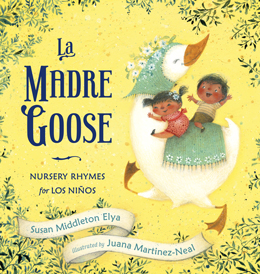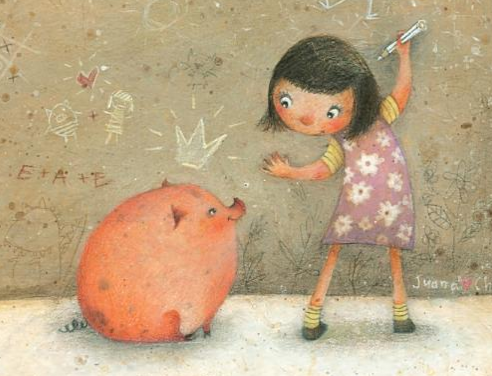| Home | ||
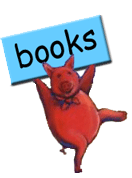 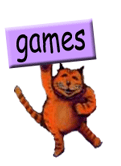   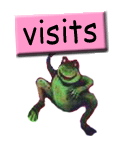 
| ||
|---|---|---|
| La Madre Goose | ||
|
Traditional Mother Goose rhymes retold with Spanish. Illustrated by Juana Martinez-Neal
Illustrations on this page are copyrighted by Juana Martinez Neal & Loretta Lopez. |
|
Awards *Best Books of 2016, Chicago Public Libraries Publisher's Weekly Elya reinterprets 18 classic nursery rhymes, incorporating Spanish vocabulary into offerings like “Three Little Gatitos” (who have lost their mitoncitos) and “Little Miss Amarilla,” who “sat in her silla,/ eating her beans and arroz.” Debut illustrator Martinez-Neal contributes ultra-cozy mixed-media scenes featuring multiethnic children and anthropomorphic animals. In one of the most successful reworkings, rabbit spouses nuzzle happily near their brand-new pumpkin home: “Peter, Peter Calabaza,/ got a wife for his new casa./ When she saw the round casita/ she repainted it—bonita!” Ages 5–8. Kirkus Review Elya’s spin on Mother Goose offers a collection of nursery favorites spiced with a Latin American twist. The most successful of these offerings incorporate Spanish words within the familiar cadences of traditional rhymes. “What are las niñas made of? / Azúcar and flores / And all los colores. / That’s what las niñas are made of!” But most of them bog down in gratingly awkward phrasing resulting from the substitution of two-syllable Spanish words for one-syllable English words—without accommodating meter. Employing “This little cerdo had roasted carne” instead of opting for the more streamlined “This little cerdo had carne” ruins the lyrical integrity of the verse. Other substitutions are unsuccessful on a content front. The transformation of “Sunday’s child” into a bullfighter is disappointing, as is the thieving plate holding a bag of loot (fortuna, to rhyme with luna) in “Hey, Diddle, Diddle.” Both “Old Mother Hubbard” (“Old Madre Rosario”) and “Little Jack Horner” (“Young Juan Ramón”) have been nearly completely rewritten but retain the gists of the originals. Martinez-Neal’s illustrations (made with acrylics, colored pencils, and graphite) abound with multiethnic children sporting the requisite chubby-cheeked features of the toddler set, and the artist’s animals are of the obligatory fuzzy and frolicking kind seen festooning preschool classrooms. Not one of Elya’s stellar efforts. Such previous offerings as Little Roja Riding Hood (2014) and No More, Por Favor (2010) are far better examples of her snappy language-integration skills. (Picture book. 3-6) The Children's Book Review Classic Mother Goose rhymes get a Latino twist in this cozy collection. From young Juan Ramón sitting in el rincón to three little gatitos who lost their mitoncitos, readers will be delighted to see familiar characters in vibrant, luminous scenes brimming with fanciful details. |
||
